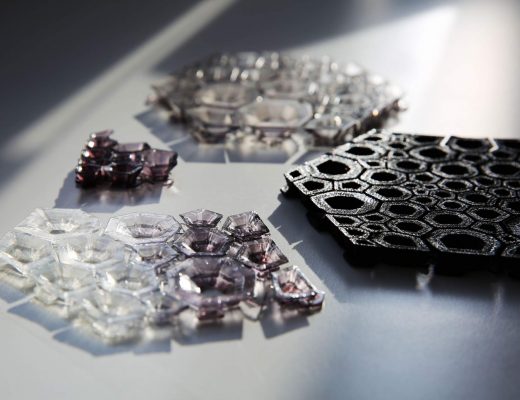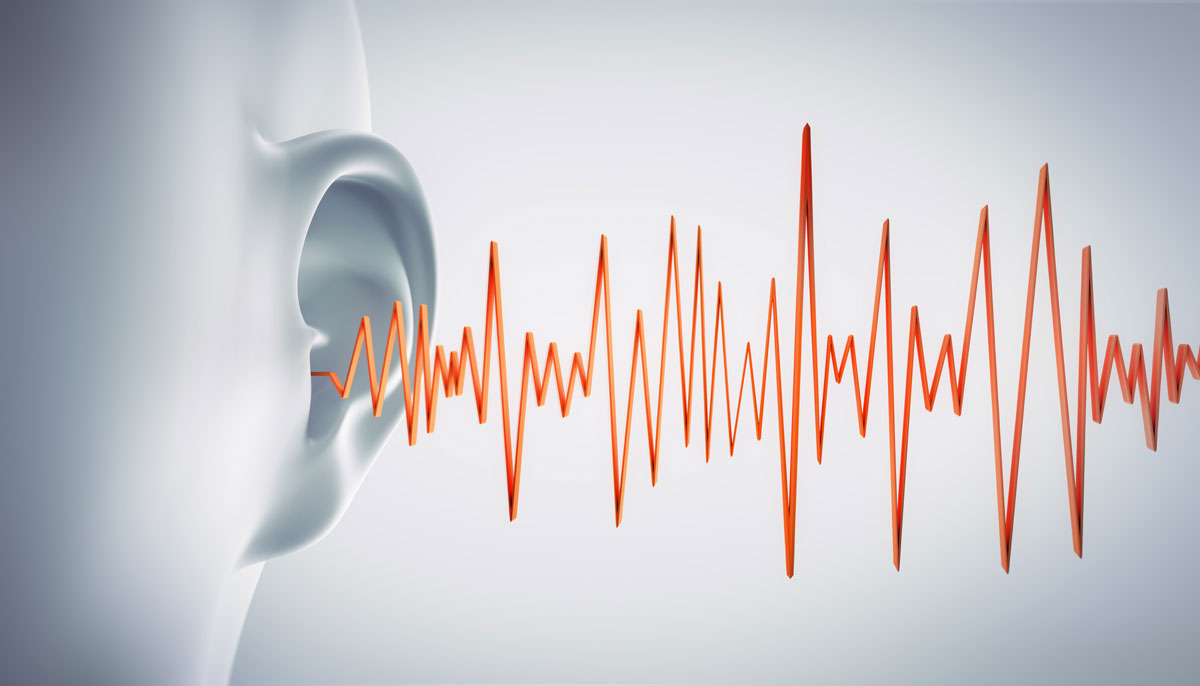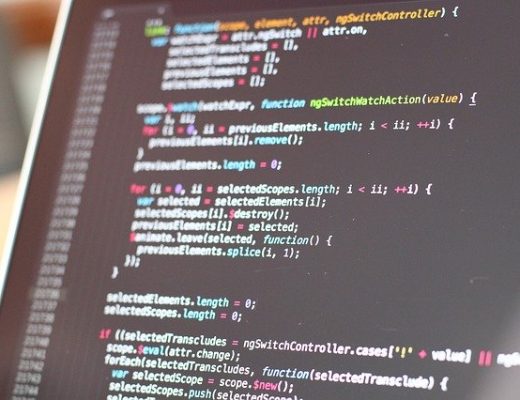Top 4 Design Tips For 3D Printing
3D Printing is a whole new designing technique altogether. Designing for 3D printing can be really different when compared to other form of traditional printings. If you do not follow the process properly, then it can be a real mess within a very short span of time. But, if you design and execute the entire process properly, then the end result will be of a whole new level of satisfaction for everyone.
So, today we are going to discuss some vital design tips for 3D printing. Take a look at them in the below segment and also read our other blogs for amazing latest tech information.
Design To Avoid Supports –
A lot of times you would want to use supports in order to get a good grip over the overall quality of printing. But we would recommend you to design in such a way that you can work without them. Even though at times, they will be absolutely necessary, leaving those aside, try to avoid them as much as you can. It will help you save a lot material and cut down overall printing costs. Supports are thrown away once used.
That is why they are a complete waste after use. Adding support also takes a lot of time to manufacture the end product. Keep in mind that supports add more complexity to the design, arising more probability of errors. So, avoid using supports as much as you can.
Prevent Overheating & Warping –
While carrying out 3D printing, you must always prevent overheating and warping. Prints that come with narrow parts can get overheated very easily. In order to reduce the heat generated over a particular place, you must disperse the heat uniformly all over. Divert the hot tip from the material and avoid it from burning the product. You can do so by using a thin object and let the tip cool off over it. Maintaining an optimal temperature is always of the best essence for your desired product.
Design Your Own Material –
Depending on the kind of printed product you want, the choice of material is going to vary. It can also affect different aspects of the overall design. In case you are designing parts which are usually meant for mechanical purposes, you will always need flexibility and strength of the highest levels at all times. You must avoid wasting as much of materials you can. This will help you save and most importantly money. Always take into account the amount of material you need, how much it is going to shrink and warp once it is properly cooled. Designing your own material is beneficial.
Manage Your STL Export Settings –
A lot of people do not pay too much attention to this point, but managing your STL export setting is imperative for a good 3D printing. If you are doing your designs on a FDM printer, you will need to export the design in the format of an STL file, that represents your designs in the shape of a triangle. High poly counts help to create more detail while printing and can create file sizes that are complex for your slicing program to manage. On an average, the file size can be anywhere between 200 KB to 10 MB. However, different machines have their own set of limitations. So, keep it in mind and adjust the settings accordingly for better result.
Here are the top 4 design tips for 3D printing that you need to be aware of. Make sure to check them out and revamp your overall designing results while using the printer.














